Is Audi about to spring a plug-in hybrid electric vehicle (PHEV) surprise on EV-crazy premium SUV buyers?
While not confirming the Q5 PHEV as yet for Australia, the local arm has hinted strongly that the petrol-electric mid-sized crossover version of one of its best sellers might be the next electrified model for our market.
Furthermore, the model in question, the Q5 55 TFSIe quattro, is likely to launch in both SUV and coupe-style Sportback SUV guises, giving buyers a choice of body configuration for their newly-hatched PHEV.
Speaking at the launch of the distinctly fossil-fuelled SQ7 and SQ8 high-performance flagship SUVs near Melbourne recently, Audi Australia director Jeff Mannering revealed his strong interest in expanding the brand’s PHEV line-up.
“We’re looking at some of the segments, and Q5 might be one of the PHEVs we’re talking about,” he said.
“Even with the (recent federal government pro-EV uptake) incentives, it’s an opportunity for us to go to volume. We have to make sure we have the right car. And it has to be positioned correctly.”
If confirmed for Australia, the Q5 55 TFSIe quattro would probably be positioned as the technological flagship, above the regular petrol-powered 45 TFSI quattro and diesel-powered 35 TDI, 40 TDI quattro, 50 TDI quattro and SQ5 TDI quattro models.
Being a PHEV, the 55 TFSIe quattro marries a 195kW/370Nm 2.0-litre four-cylinder turbo-petrol engine and seven-speed dual-clutch transmission to a 105kW/350Nm electric motor and 17.9kWh lithium-ion battery pack.
On one hand, with combined power and torque outputs of 270kW and 500Nm respectively, the PHEV needs just 5.3 seconds to sprint to 100km/h from standstill, on the way to a 239km/h top speed; on the other, up to 62km of pure electric driving is possible (WLTP cycle), which helps stretch out the official combined average fuel consumption to 1.9 litres per 100km. This translates to around 44 grams per kilometre of carbon dioxide emissions.
.jpg)
Key rivals would include the Peugeot 3008 GT PHEV from $84,790 (all prices are before on-road costs), Lexus NX 450h+ F Sport AWD from $88,323, Volvo XC60 T8 Recharge from $100,990 and Mercedes-Benz GLC 300e from $94,124, so expect Q5 55 TFSIe quattro pricing to approach the $100,000 mark.
However, with Mercedes-Benz Australia having already announced that it will discontinue the PHEV for full EVs in the next-generation GLC that arrives in February due to disappointing sales, has Audi left its run too late with the Q5 version?
“PHEVs do have their position in the market,” according to Audi Australia product planning manager, Matt Dale.
“For rural customers who may not have infrastructure around their specific area, a PHEV might be the right vehicle for them. It’s a user-chooser (market) and the consumer always dictates the market in that particular aspect. It could be diesel petrol, PHEV or EV.
.jpg)
“There’s always a consumer for a PHEV vehicle that wants the best of both worlds.”
For critics who point to the poor sales performances of Audi’s previous PHEV efforts in Australia in the latter half of last decade – the A3 e-tron and Q7 e-tron from 2016 to around 2018 – Mr Dale’s response is that valuable lessons were learned and fed back to Audi headquarters in Germany to help improve subsequent models.
“It was a trial of the market at that stage,” he explained. “It was one of those things where there was a lot of talk overseas about plug-in hybrids, battery electric vehicles and what was the natural stepping stone.
“We had the opportunity to trial it in Australia and it was the perfect testbed for PHEVs at the time. Obviously, we have long distances to travel, and Australians are renowned for travelling long distances, on holidays (for example).
.jpg)
“It is staple to the mindset of the customer is to be able to do that, and knowing that they can do that, in a product that can take them there without the anxiety of range, that’s where PHEVs are the stepping stone.”
For now, only the Q5 seems set to reintroduce the PHEV tech in Australia, though Audi also offers it on versions of the A3, Q3, A6, A7, Q7, Q8 and A8 in other markets.
As previously reported, Audi intends to abandon internal combustion engine research from 2030, as it transitions to a full-EV line-up soon after.
One of the key players is expected to be the Q4 e-tron – its first dedicated mainstream EV model (if you don’t count the Porsche Taycan-derived e-tron GT) – that’s expected in Australia sometime in the first half of 2024.





.jpg)






.jpg)
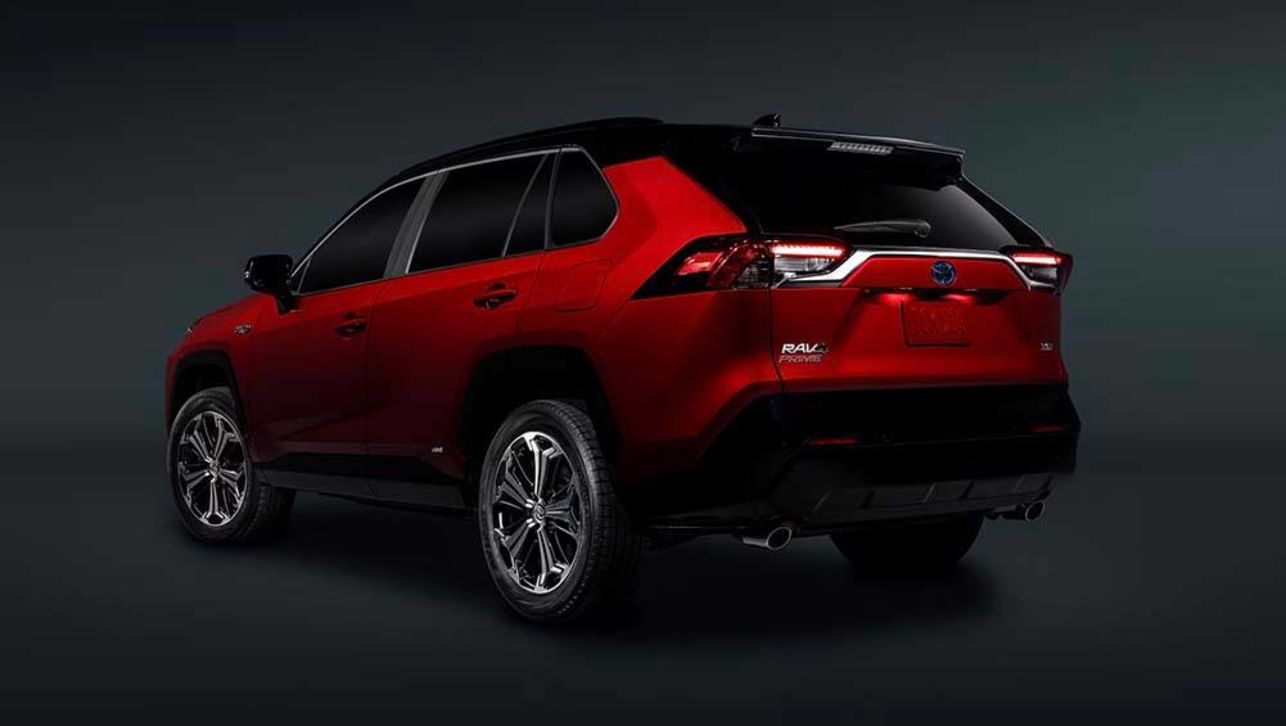
.jpg)
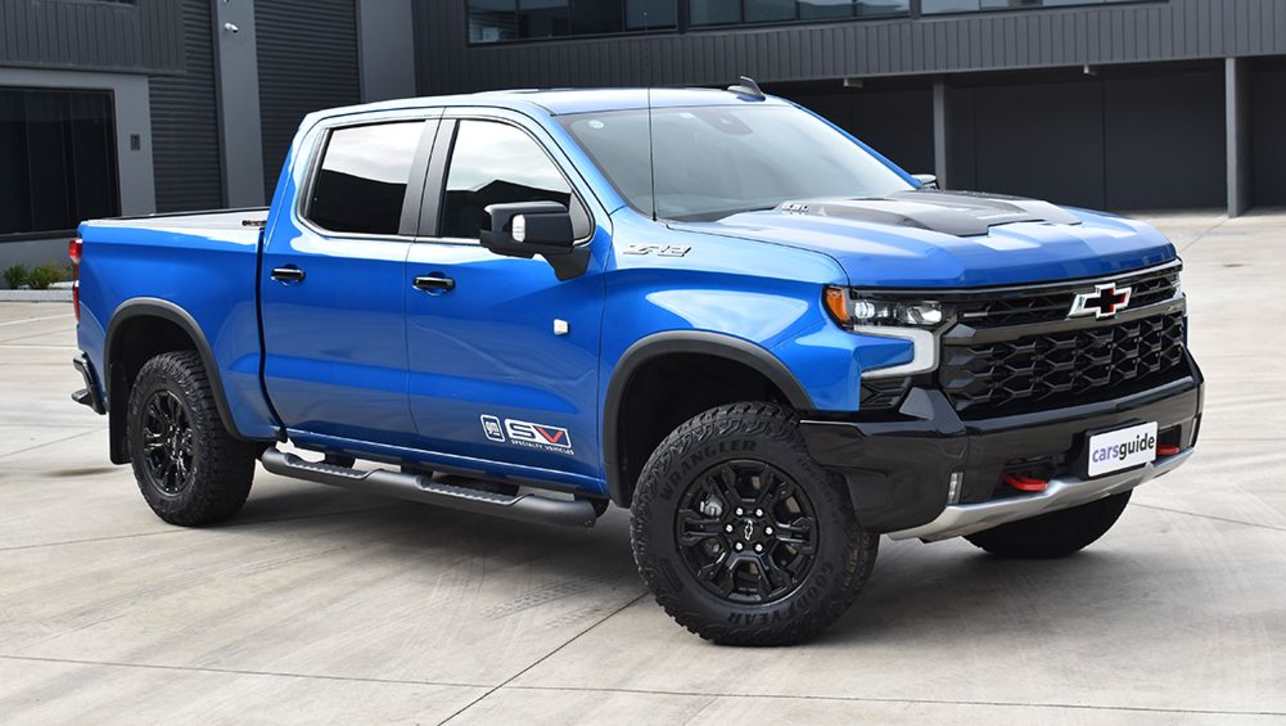
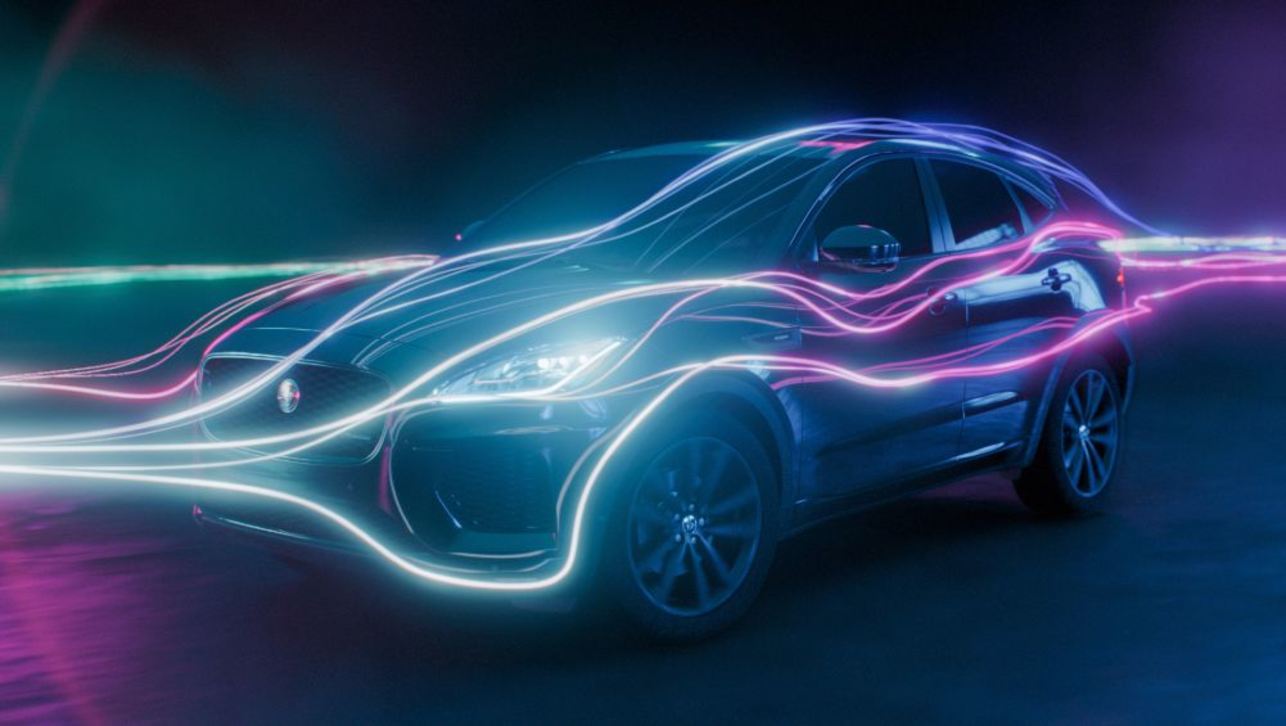
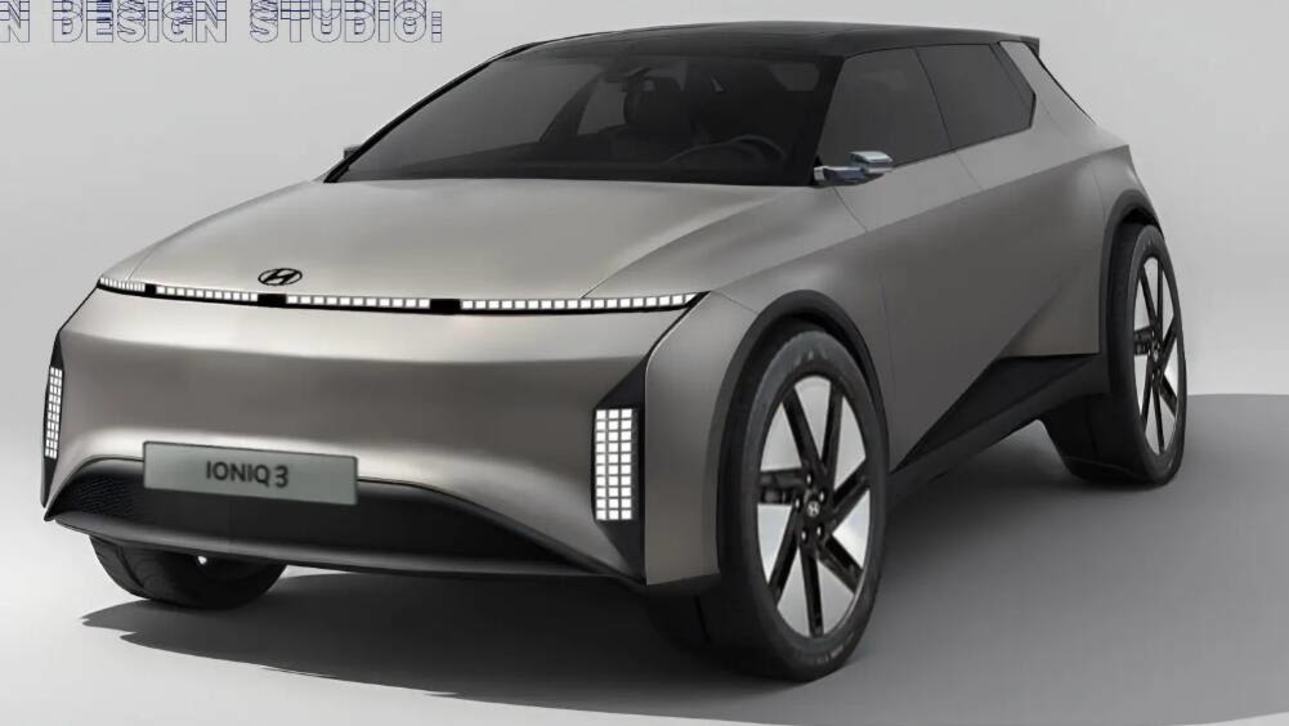
.jpg)


.jpg)

.jpg)
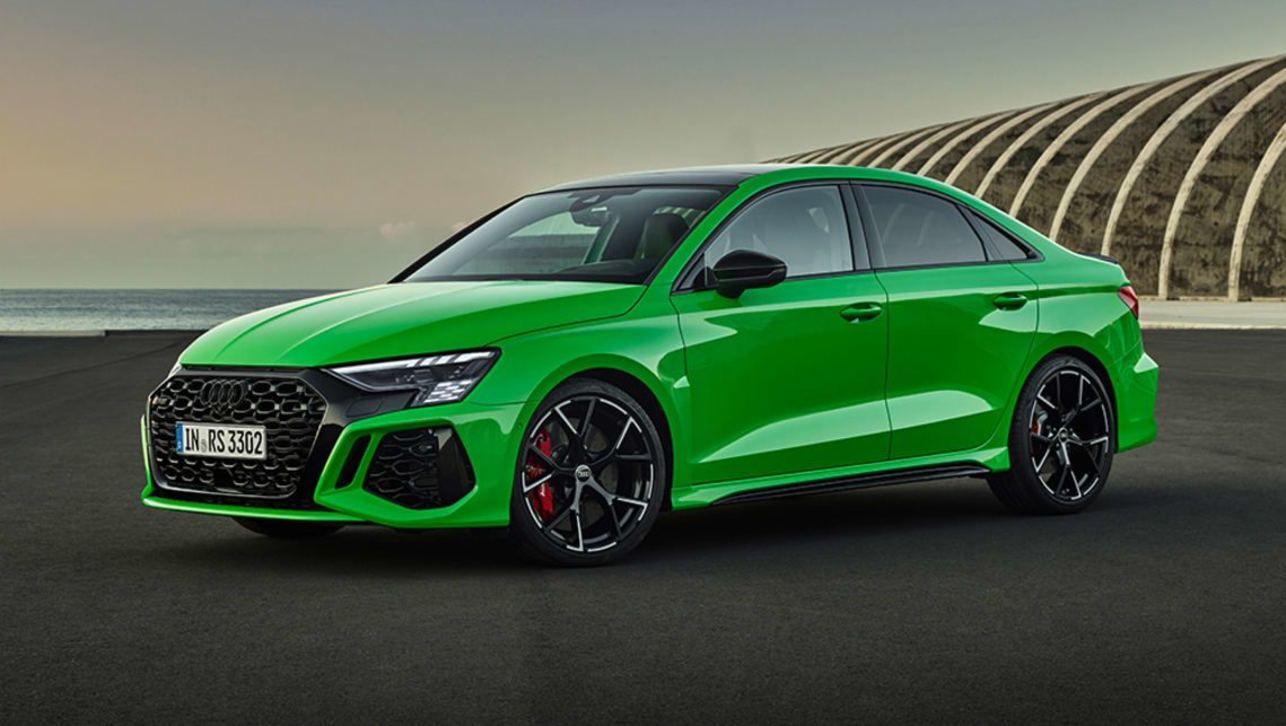



.jpg)
.jpg)
Comments